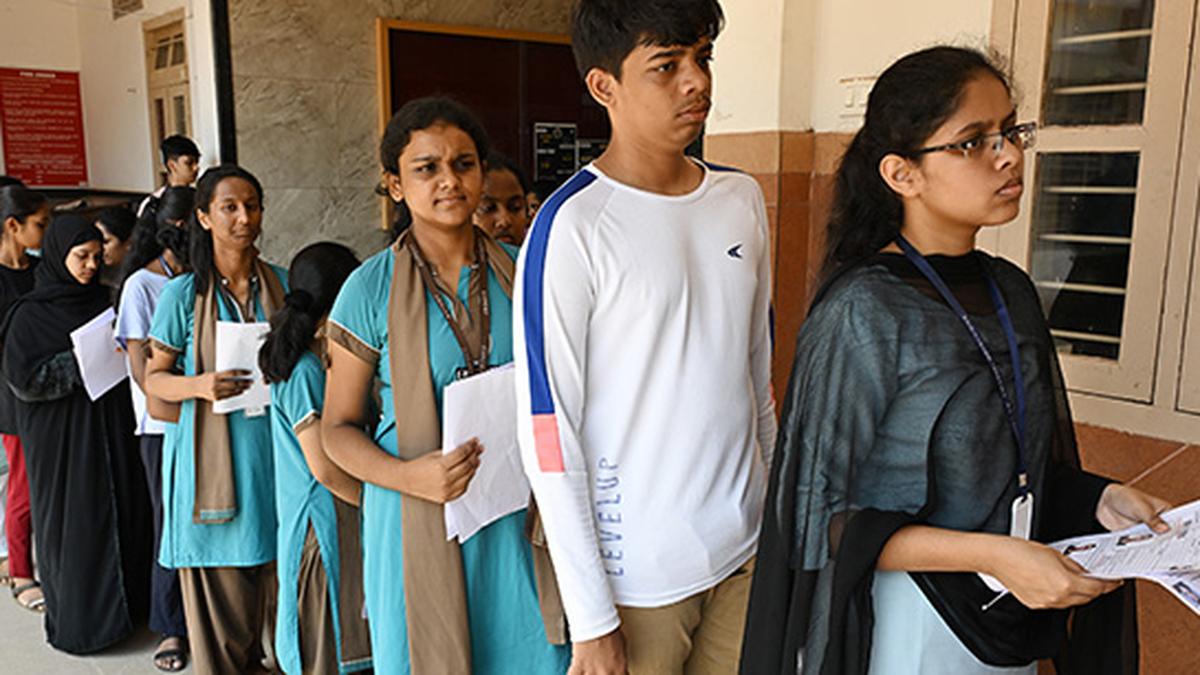It was a cold, blustery night at the North Pole, and Santa Claus was in his workshop, gazing at his “Nice and Naughty List” with concern. This year, however, his worry wasn’t about delivering gifts—it was about how he would deliver them at all. After all, the North Pole had gone green.
The Transition to “Sustainable” Solutions

It all began when the Elves’ Union convinced Santa to modernize his operation. They were pressured by letters from kids demanding “a greener Christmas.” Gone was the old coal-powered magic furnace that had kept Santa’s sleigh flying reliably for centuries. Instead, the North Pole now featured:
- Rows of solar panels, glistening in the Arctic sun (when it showed up).
- A wind farm with tall turbines, spinning precariously in the icy gales.
- A new fleet of “green” electric sleigh prototypes, which Santa found sluggish and unreliable.
At first, the idea seemed exciting. “Think of the headlines!” Mrs. Claus had said. “Santa Saves the Planet!” But the reality wasn’t as magical.
Problems Mount as Christmas Approaches

The trouble started early. The solar panels proved mostly useless during the Arctic winter, where darkness reigns for months on end. The wind turbines? They worked well—until they didn’t. Icing on the blades froze them solid. Santa called in an engineering team of elves to de-ice them, only for them to ice up again within hours.
Then came the battery-powered sleigh tests. Santa discovered that hauling millions of toys at sub-zero temperatures drained the batteries faster than the reindeer could say “Rudolph.” After just 30 minutes of flight, the sleigh sputtered to a halt midair, leaving Santa stranded on an iceberg until Mrs. Claus sent the reindeer to retrieve him.
“What was wrong with magic?” Santa grumbled as he thawed his frozen beard by the fire.
Energy Poverty Hits the Workshop

Meanwhile, the North Pole workshop faced its own crisis. The elves, used to working around the clock, found themselves rationing electricity. The wind and solar systems couldn’t meet demand, so the workshop went dark during windless, cloudy days. Even the chocolate fountains—a crucial morale booster for the elves—had to be turned off.
Production slowed, and tempers flared. “If I hear one more thing about Net Zero, I’m walking out,” muttered Head Elf Tinker.
The Elves Stage a Rebellion

Things came to a head on December 23rd, when a blackout plunged the workshop into total darkness during the final toy assembly shift. The elves, armed with candy canes and fueled by weeks of frustration, confronted Santa.
“We need the coal furnace back!” they demanded. “Or at least the reindeer and a proper sleigh!”
Santa, ever diplomatic, tried to calm them down. “We can’t go back to coal. Do you know what the headlines would say? ‘Santa Pollutes!’”
Tinker wasn’t having it. “Do you know what the kids will say when they don’t get their gifts? ‘Santa Stinks!’”
A Christmas Miracle: Back to Basics

Santa realized he had no choice. On Christmas Eve, he ordered the coal furnace fired up for the first time in years. The elves cheered as warmth returned to the workshop, and the toy conveyor belts roared to life.
The reindeer were hooked back up to the old sleigh, which Santa had polished and restored just in case. Rudolph’s nose, glowing bright, lit the way as Santa’s sleigh soared into the Arctic sky.
A Postscript from Santa

On December 26th, Santa wrote a letter to the world:
“Dear Friends,
This Christmas, I learned an important lesson. While green energy has its place, it’s not yet ready to power the demands of a global holiday operation. Reliable energy sources are crucial for ensuring everyone gets their gifts—and for keeping the elves warm and happy.
Let’s continue to innovate, but let’s also be realistic about the trade-offs. After all, Christmas magic isn’t something you can store in a battery.
Merry Christmas to all, and to all a well-powered night!”
Related
Discover more from Watts Up With That?
Subscribe to get the latest posts sent to your email.







Leave a Comment